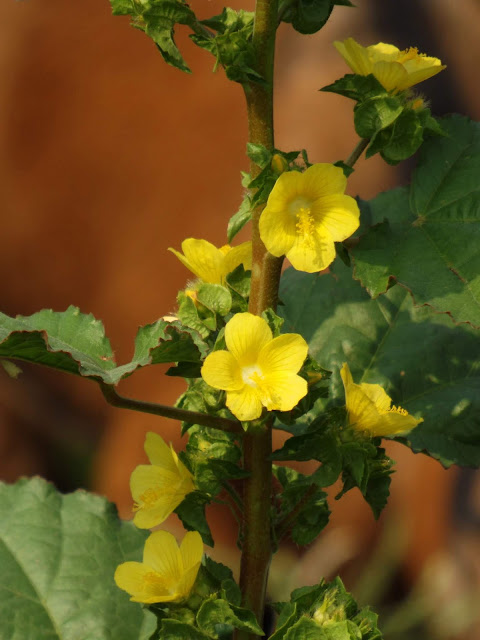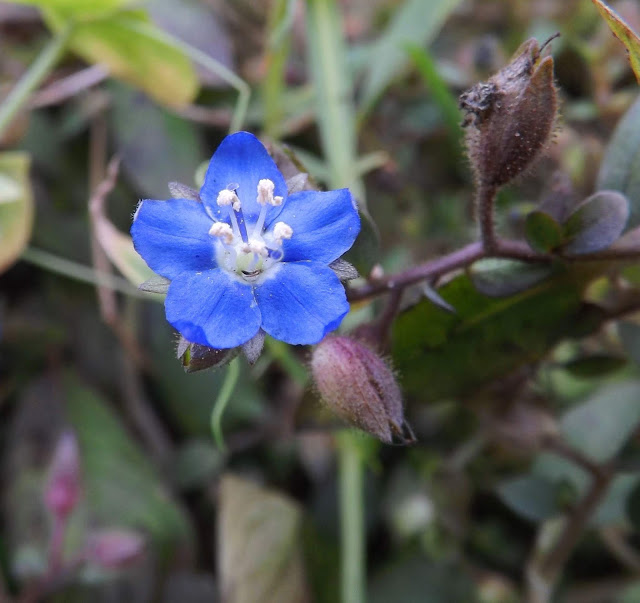Chalmugra or Dalmugri, Hydnocarpus kurzii

Chalmugra or Dalmugri ( Hydnocarpus kurzii , family: Flacourtiaceae) is a small to medium-sized tree having brownish hair in young parts. The tree can be up to 15 meters tall. Bark is almost brown. Wood is very hard. It is mostly found in the hilly areas of greater Chottogram and greater Sylhet forests. The tree is also found in South and South Asia. Leaves are simple, green in color, oblong-lanceolate, 15-25 cm long 4-10 cm wide, apex acute, alternate, petioled, entire or undulate edge. The propagation of the plant is caused by seeds. The evergreen tree with beautiful drooping branches can be planted as an avenue tree. The flowers are pale yellow, single or clustered, pretty fragrant. Flower blooms in the spring. The fruit is ball-shaped, uneven, grey, hard, fleshy, 5-10 cm in diametre. Seeds 2-3, 2-2.5 cm long. It is mentioned in Ayurveda as Tubrak. Seed oil is used in intestinal gas, worm, diabetes and skin diseases like eczema and leprosy and is al...




